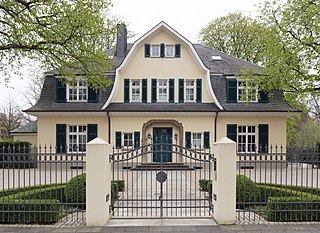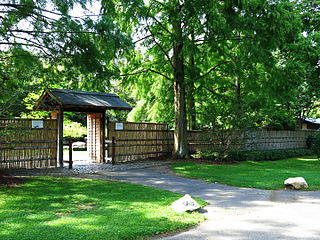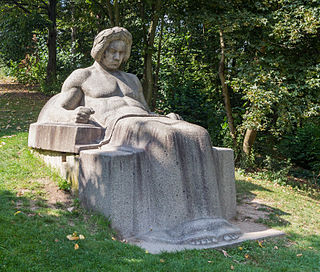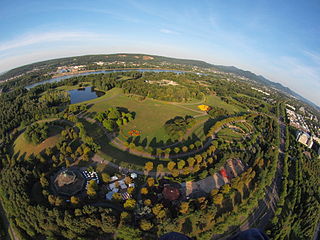Self-guided Sightseeing Tour #12 in Bonn, Germany
Legend
Guided Free Walking Tours
Book free guided walking tours in Bonn.
Guided Sightseeing Tours
Book guided sightseeing tours and activities in Bonn.
Tour Facts
2.4 km
37 m
Experience Bonn in Germany in a whole new way with our free self-guided sightseeing tour. This site not only offers you practical information and insider tips, but also a rich variety of activities and sights you shouldn't miss. Whether you love art and culture, want to explore historical sites or simply want to experience the vibrant atmosphere of a lively city - you'll find everything you need for your personal adventure here.
Activities in BonnIndividual Sights in BonnSight 1: Paul Ludwig Landsberg
The list of Stumbling Stones in Bonn contains Stumbling Stones that were laid in Bonn as part of the art project of the same name by Gunter Demnig.
Sight 2: Villa Böker
The building at Friedrich-Wilhelm-Straße 14 is a villa in the Bonn district of Gronau, which was built in 1921/22. It is located as a solitaire with an extensive park on the edge of the Johanniterviertel. The villa, including the associated carriage house and garden, is a listed building.
Sight 3: Japanischer Garten
Der Japanische Garten innerhalb des Bonner Rheinauenparks wurde am 27. April 1979 im Rahmen der Bundesgartenschau eröffnet.
Sight 4: Beethoven-Denkmal
Get Ticket*The Beethoven monument in Bonn's Rheinaue commemorates the city's most famous son, the composer Ludwig van Beethoven. It is a seat sculpture by the sculptor Peter Christian Breuer. It is a listed building.
Sight 5: Freizeitpark Rheinaue
The Rheinaue amusement park, called "the Rheinaue" by locals, is a 160-hectare local recreation area in Bonn designed as a park. The main features of the park were created on the occasion of the Federal Garden Show in 1979 south of Bonn's Gronau, a then undeveloped and agriculturally used floodplain area.
Share
How likely are you to recommend us?
Disclaimer Please be aware of your surroundings and do not enter private property. We are not liable for any damages that occur during the tours.
GPX-Download For navigation apps and GPS devices you can download the tour as a GPX file.



